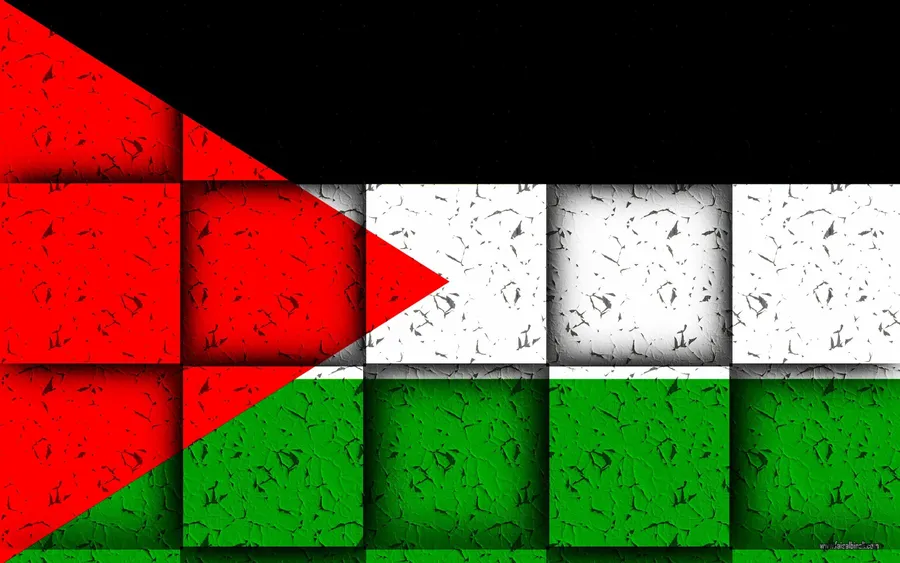Our findings indicate that Israel’s military campaign in Gaza is organised, systematic, and intended to destroy conditions of life and life-sustaining infrastructure.
To this end, ‘A Cartography of Genocide’ platform and accompanying report develops a comprehensive mapping of military conduct in Gaza since 7 October 2023. It deploys a range of methods to observe the ways in which Israel’s military operations engendered widespread harm and suggests how these observations might inform broader assessments of Israel’s military conduct during this period.
We use here the term ‘genocide’ within the meaning developed by Raphael Lemkin, whose thinking behind this term was instrumental for the definition formulated in Article II of the Genocide Convention. Genocide, according to Lemkin, signifies a coordinated plan of actions aimed at the destruction of essential foundations of the life of national groups, with the aim of annihilating the groups themselves.
The results of more than a year of FA’s monitoring and research are now published as:
An interactive cartographic platform: ‘A Cartography of Genocide’
An 827-page text report: ‘A spatial analysis of the Israeli military’s conduct in Gaza since October 2023’
To identify patterns across thousands of data points, we developed an interactive cartographic platform. The platform turns rows of data into a navigable ‘map’ of Gaza, within which it is possible to define regions, periods in time, and select certain categories of events. This filtering enables not only the identification of trends within the data but of relationships between different datasets (for instance, between the military ground invasion and the destruction of medical infrastructure). We used the platform as the basis for a written report that details and analyses the spatial logic of Israel’s military conduct in Gaza.
Our report seeks to identify patterns within this conduct between 7 October 2023 and 30 June 2024. It interrogates the scale and nature of attacks, the extent of damage and the number of victims, as well as the organised nature of the acts of violence and the improbability of their random occurrence.
In our analysis, we understand patterns to mean the order of repetition of same, similar or related incidents, at different times and places. Such patterns may indicate that these attacks are designed, formally or informally, rather than occurring at random.
Because military actions are multifaceted, patterns can exist across actions. The effect of military actions on the civilian population may not be fully captured by studying the repetition of a single type of action in isolation. The simultaneous, or proximate, application of different types of actions in the same territory may generate a cumulative and compounded effect, each action aggravating the effect of another. Establishing relations between different types of actions can consequently help to determine whether these acts have been organised. We explore these interrelations between different types of military actions in Chapter 8 of our report.
Trash, mais educatif
Édit: pour clarifier, je suis pas support vidéo, mais j’ai lancé pour voir la carte, et rien que la carte j’ai fait stop.


